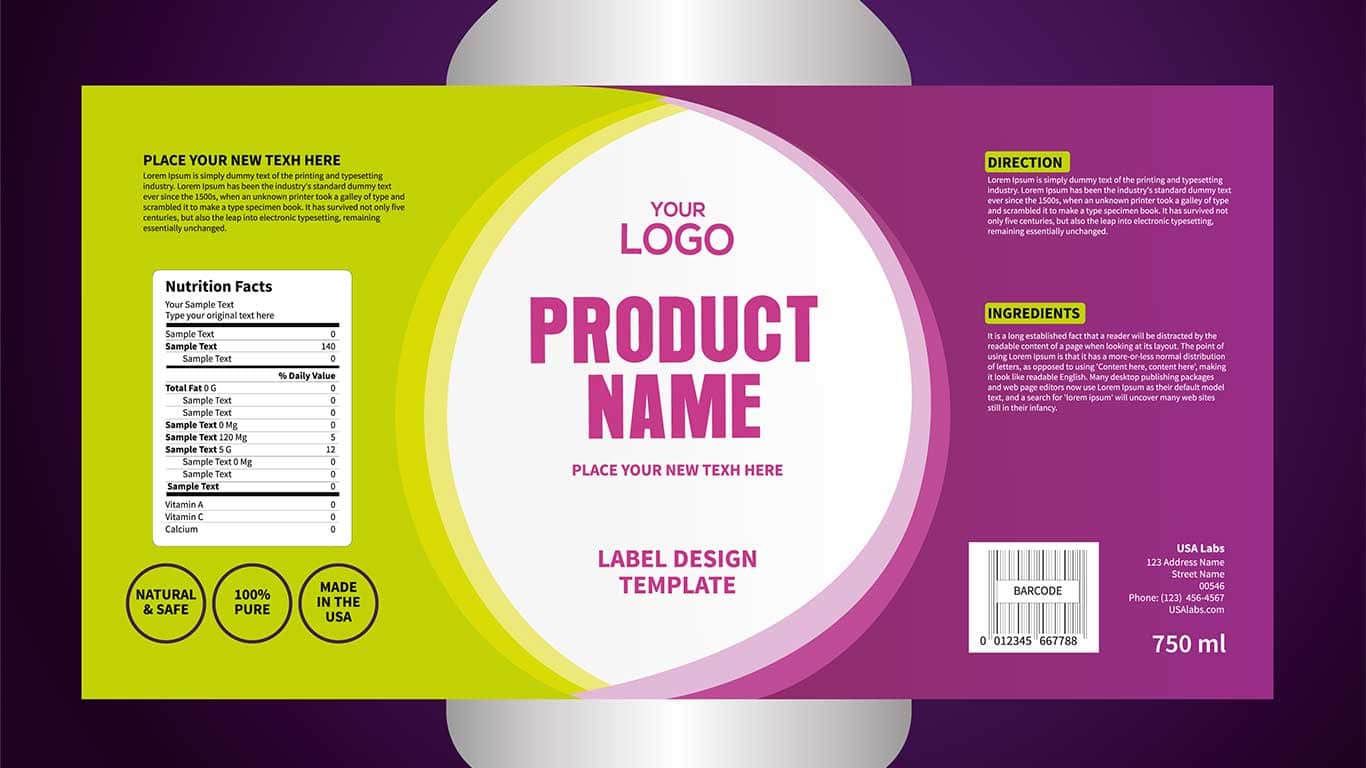Imagine you wish to invest in a company’s shares today. But before you actually invest your hard earned money into an unknown venture, you decide to evaluate your future returns. These returns can be classified as good or bad depending on both the company’s future performance and the amount you have invested today. If the returns you receive are higher than what you have invested or are planning to invest, then the Return on Investment or ROI is high. However, if the returns you receive are lower than what you invested or intended to invest, the ROI is low.
The Return on Investment (ROI) is a profitability index that companies use to measure the potential gains they can expect out of an investment in the future. Essentially, the ROI on your investment is literally the monetary and non-monetary returns you would make by investing in a particular entity.
Free Whitepaper
Product Lifecycle Management: Learn how to drive innovation, reduce costs and risks and eventually gain a competitive advantage.
In corporate and financial parlance, the ROI = Net Profit / Total Investment * 100
Investing in a PLM Software for High Returns
Manufacturers, suppliers and distributors in the Food & Beverage industry are constantly under regulatory and competitive pressure to maintain comprehensive and complete information regarding their design, sourcing, production, distribution and sales-related data. Having a Product Lifecycle Management (PLM) software in place is essential to ensure compliance with regulatory requirements and industry competition.
With so many PLM software solutions and systems out there, as well as multiple vendors providing such services, the choices in the market may be overwhelming for companies. Choosing the right PLM software makes all the difference for the successful implementation of operational and strategic initiatives.
PLM solutions provide many benefits for companies in the Food & Beverages industry, such as:
- Reduction in the product’s time to market
- Greater centralized control and planning
- Better compliance with regulatory requirements
- Higher intra-company collaboration, resulting in lower costs and project-driven expenses
- Increase in workflow productivity due to improved streamlining of all activities
- A source of product and service innovation
- Greater control over product quality and easier identification of high-risk areas and points of contamination
Whether traditional or state-of-the-art, enterprise level PLM solutions such as PLM software provide excellent added value to the company.
Measuring the Performance and Success of Your PLM Software
When considering which PLM software solution to choose, the expected Return on Investment deserves consideration. PLM software can be expensive and there is always the fear of high opportunity cost associated with such an investment. From traditional CAD/CAM PLM software to cloud-based and SaaS-based PLM solutions, a wide array of choices is available to companies.
Investment in PLM software depends on certain criteria that managers need to consider while making the decision to invest. These include:
- Current organizational technological capabilities
- Operational scope
- IT plans and company-wide strategic objectives
- Vendor-supplied facilities and services
- Product design, development and deployment plans
- Market inputs and anticipated growth
- Cost of PLM software and alternatives available
- ROI objectives
The performance of each PLM solution must be evaluated by managers in terms of all the above criteria before making a selection.
Understanding PLM ROI
One of the most important tasks that managers need to undertake when selecting a PLM software solution for their company is to quantify the ROI that they expect to generate from the software.
PLM software offers clear financial advantages to companies in the form of reduced product reengineering costs, quicker time-to-market and shorter product development cycles. PLM solutions have a far-reaching impact on absolutely every area of the company, from product design to post-sale.
Not only do these solutions offer monetary benefits in the form of lowered costs and reduced expenses, they also make production, storage and transportation more efficient and productive. PLM software allows all company departments to synchronize their efforts and provide a solution. This leads to lowered costs and less time wasted.
It then becomes apparent why CEOs, CMOs and CFOs are increasingly concerned about investing in the right PLM solution. Identifying whether or not the selected PLM solution offers the expected ROI becomes imperative, as a miscalculation of any kind can lead to massive losses and failures.
While it is challenging to analyze the exact percentage of ROI that can be derived from a PLM software solution, companies can in large part understand whether the PLM solution they implemented is beneficial or not.
Here are some things that managers can do in order to analyze the potential ROI they can expect to gain from their PLM systems:
- Create a baseline for measure
Having a baseline on which to analyze improvements in operational performance is a must. Otherwise, there is no way to know whether the PLM software solution is providing benefits. Everything from data entry errors to product recalls must be tracked before a performance baseline can be created. The baseline is your starting point, which will help you identify whether or not investment in a PLM solution is necessary. - Itemize all costs associated with the PLM software
One of the best ways to evaluate the monetary ROI your PLM solution will generate is to consider all the expected expenses associated with the software. The cost of purchasing the software is one thing, but the costs associated with procuring the required licenses, the software upgrades, employee training and so on all impact your ROI. You need to ask yourself whether or not this monetary investment will bring in financial gains. - Analyze your existing quantifiable metrics
PLM software solutions are designed to provide immediate and visible improvements in operational activities. Start by analyzing quantifiable factors such as the number of design errors, the number of implemented workflows, the time it takes to access and analyze information, and other such major milestones. Understand what changes you expect following PLM implementation and track whether these objectives have been achieved or not. - Refine important qualitative metrics
Qualitative benefits are extremely important, especially to CFOs and other key personnel who don’t directly work with the PLM software. Qualitative improvements are one way to track whether there has been a change in overall company operations. Aspects such as data validity, greater task automation, interdepartmental synchronization, increase in investments by shareholders, increased goodwill, brand visibility and other key areas have a great impact on operational and strategic performance. Check whether or not your PLM software is allowing for these positive changes.
Ideally, your PLM software will provide both quantitative and qualitative benefits in the long run. PLM solutions such as SpecPage’s PLM software are highly flexible, can be standardized and automated, are scalable and are programmed to adapt to company-specific requirements. This makes these software solutions great investments, which are sure to generate great ROI. If you would like to know how good your ROI would be with an investment in SpecPDM, use our ROI calculator.




